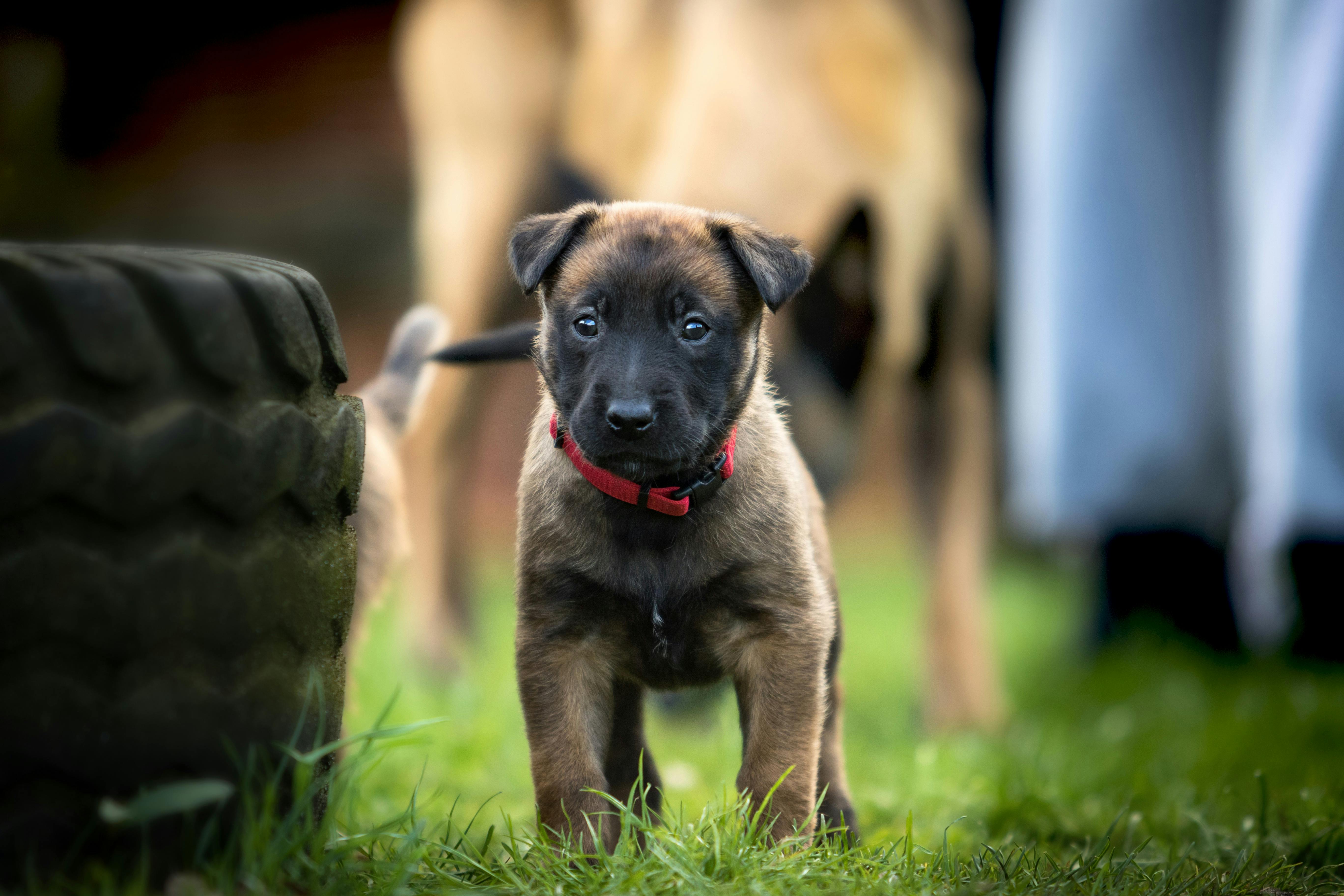
Unleashing Obedience: A Comprehensive Guide on How to Train Your Dog
Welcoming a new furry friend into your home is a joyous occasion, but ensuring they are well behaved is equally important. Effective dog training is the key to a harmonious relationship between you and your canine companion. In this comprehensive guide, we'll explore practical tips and techniques on how to train your dog, covering essential aspects from basic commands to overcoming behavioural challenges.
- Start Early and Be Consistent:
Begin training your dog as early as possible. Puppies are like sponges, absorbing information quickly. Consistency is key; establish clear rules and commands that are consistently reinforced.
- Positive Reinforcement:
Reward your dog for excellent behaviour by using positive reinforcement tactics. Treats, praise, or playtime can be powerful motivators. This encourages your dog to associate positive actions with positive outcomes.
- Basic Commands:
Teach fundamental commands like "sit," "stay," "come," and "down." These commands form the basis for effective communication and can be crucial in various situations, from walks to interactions with guests.
- Leash Training:
Leash training is essential for both your dog's safety and your peace of mind during walks. Teach your dog to walk calmly on a leash without pulling, making the experience enjoyable for both of you.
- Socialization:
Introduce your dog to different people, environments, and other animals. Socialization helps prevent fear or aggression issues and creates a well-adjusted and confident dog.
- Patience and Understanding:
Understand that every dog learns at its own pace. Be patient, and avoid frustration. Consistent and positive training will yield better results than harsh methods.
- Avoid Negative Reinforcement:
Steer clear of punitive measures. Negative reinforcement can lead to fear and anxiety, hindering the training process and damaging the bond between you and your dog.
- Use Clicker Training:
Clicker training involves using a clicker to signal correct behavior, followed by a reward. This method provides a clear and distinct sound marker, helping dogs understand exactly when they've done something right.
- Training Sessions:
Keep training sessions short and engaging, preferably around 5-10 minutes for puppies and up to 15 minutes for adult dogs. Regular, brief sessions are more effective than lengthy, infrequent ones.
- Seek Professional Help:
If you encounter persistent behavioural issues or are unsure how to address certain challenges, consider seeking help from a professional dog trainer. They can offer tailored advice according to the particular requirements of your dog.
- Address Behavioural Challenges:
If your dog exhibits problematic behaviours such as excessive barking, aggression, or separation anxiety, address these issues promptly. Identify the root cause and work on solutions, potentially with the assistance of a professional.
- Practice, Practice, Practice:
Consistent practice is crucial for maintaining learned behaviours. Regularly reinforce commands in various environments to ensure your dog generalizes their training to different situations.
Training your dog is a rewarding journey that strengthens the bond between you and your furry friend. By incorporating positive reinforcement, consistency, and patience into your training routine, you can shape your dog into a well-mannered and happy companion. Remember, the key to successful training lies in understanding your dog's individual needs and tailoring your approach accordingly. Embrace the process, celebrate small victories, and enjoy the journey of cultivating a strong and positive relationship with your canine companion.





